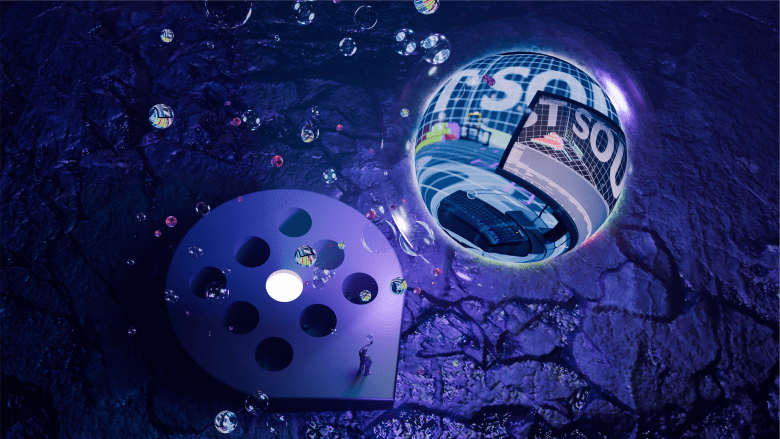Streamlining experiential content control with Jason Pontius, Smart Monkeys
Immersive Experiences
Integrations
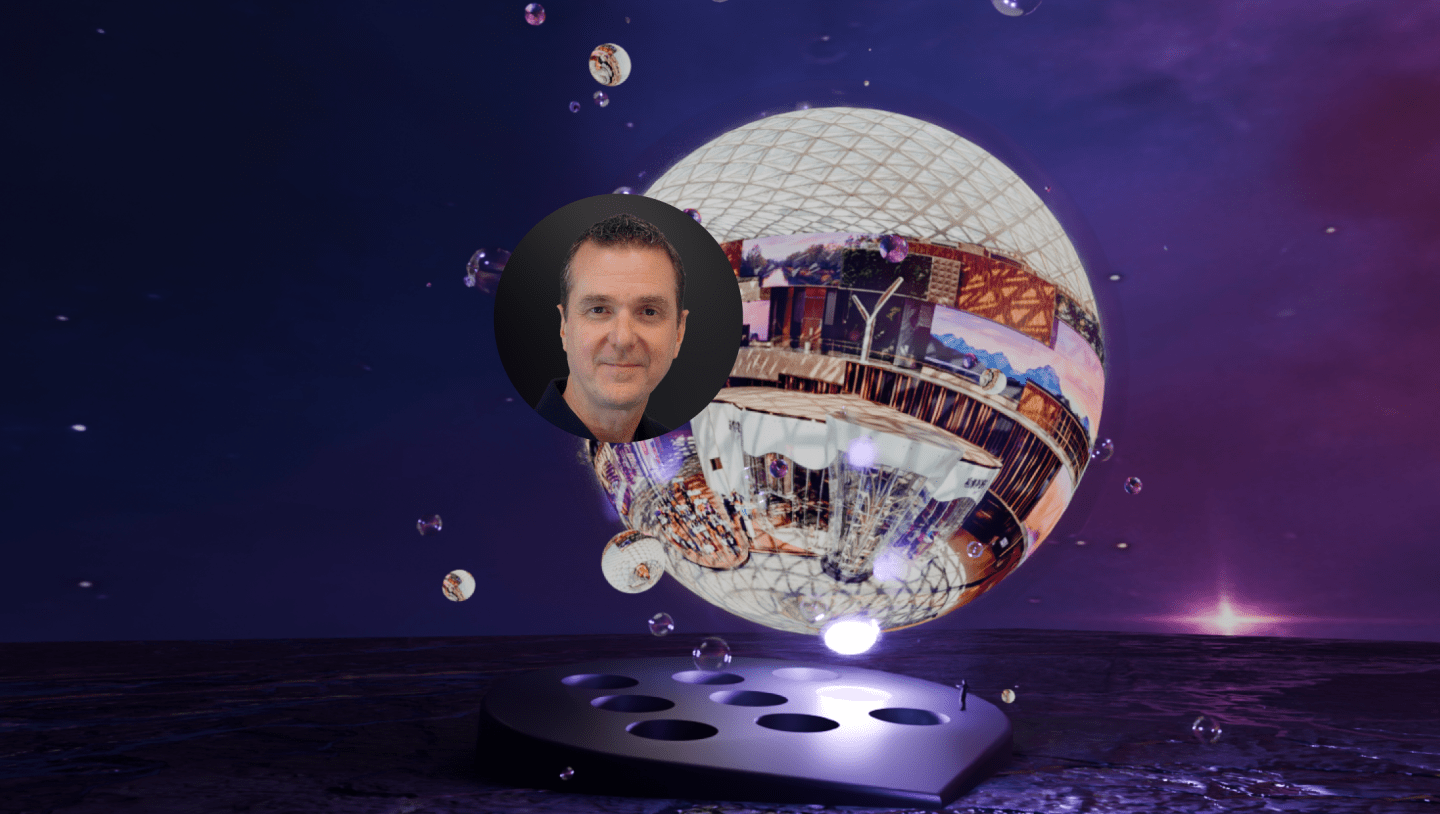
Smart Monkeys has built a reputation as a leader in AV control and experiential technology, with a global team tackling some of the world’s most ambitious multimedia projects. With a passion for innovation and a commitment to seamless integration, the company has played a pivotal role in redefining how public spaces, museums, theme parks, and more can manage their systems and streamline their content control. In this Q&A, we chat to Smart Monkeys' Director of Business Operations, Jason Pontius, about the company's journey, exploring key trends shaping immersive experiences, and uncovering how the team continues to push the boundaries of what’s possible.
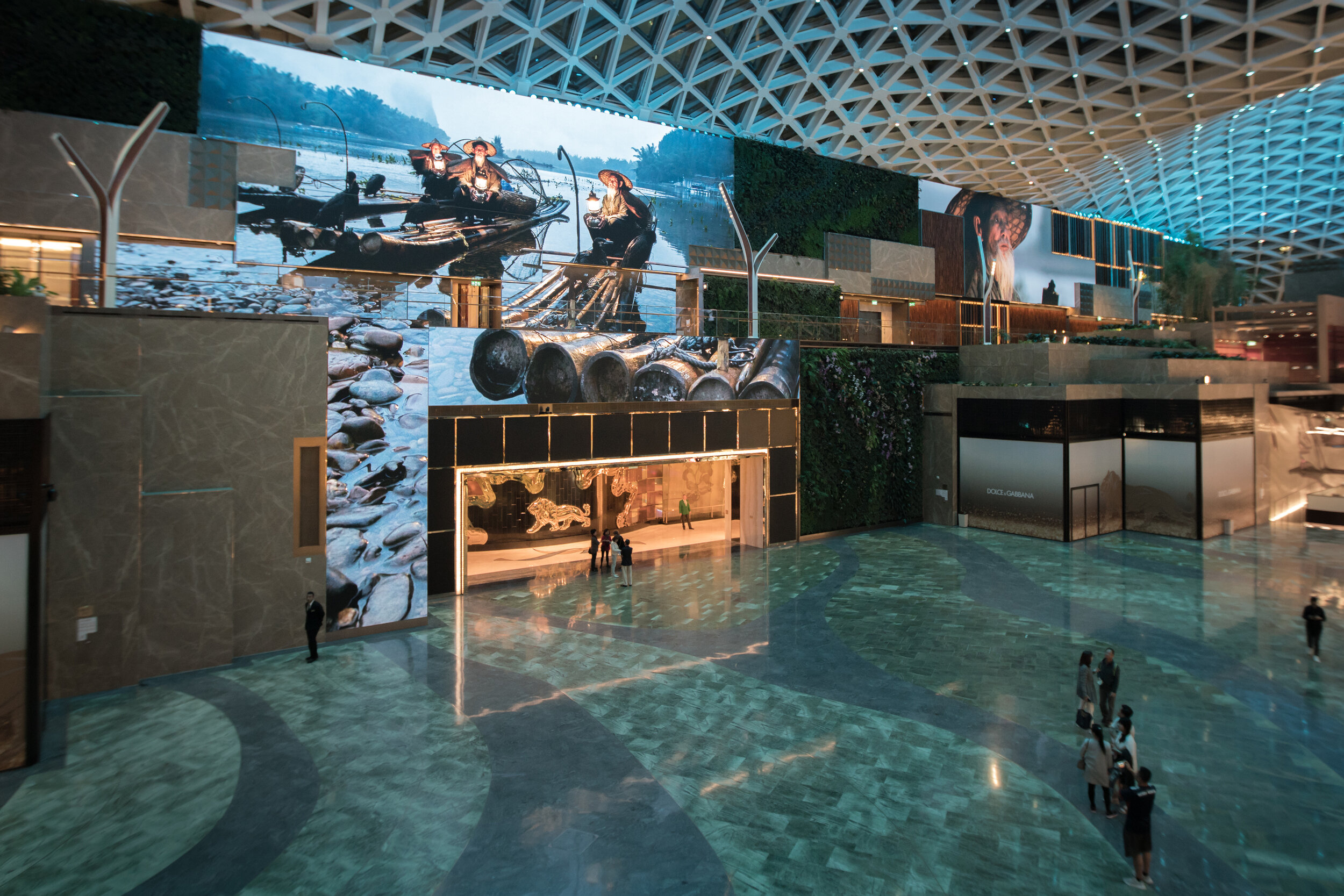
Image credit: MGM Cotai
Hi Jason. Can you tell us a few words about Smart Monkeys - a brief history, guiding principles and recent evolution?
Smart Monkeys, Inc. was started in 2008 by our two executives out of their garage and has grown to a team of 30 today with two official office locations and multiple remote employees. We are a technical consulting firm, specializing in feature-centric design and AV Control implementations, advanced AV networking, data management, and media management in a variety of markets including public spaces, museums, theme parks, cruise ships, performance venues, and more. Our mission is to embrace and nurture entertainment control innovation to deliver best-in-class operational experiences. We welcome challenging, cutting-edge projects that continue to push the boundaries of technology. From the very beginning SMI has tackled some of the biggest and most challenging projects such as LAX Bradley International Terminal Media System, The Comcast Experience, MGM Cotai Spectacle, Universal Orlando Parade, Warner Bros. World Abu Dhabi, Orlando Airport South Terminal, and Sphere Las Vegas.
And can you share how you first got started in the industry and your Smart Monkeys journey?
As a Theatre Design Major, I started my career as a lighting designer and audio engineer working on numerous productions for nearly a decade. It was while working at Busch Gardens as an entertainment technician that I first was introduced to show control in a live show environment. I later went on to start my own company with a business partner specializing in show control systems for theme parks, museums, shows, and cruise ships. It was through this venture that I met the co-founders of Smart Monkeys and even worked on projects together at times. I eventually brought my experience and knowledge to join forces with Smart Monkeys in 2016 as a project manager for specific larger projects like Warner Bros. Abu Dhabi. Over the nearly 9 years that I have been a part of Smart Monkeys, my role has continued to grow into my current position of Director of Business Operations, taking on more scope and responsibilities along the way. In this role, I oversee the deployment of projects, manage our production team, and contribute to our business development activities.
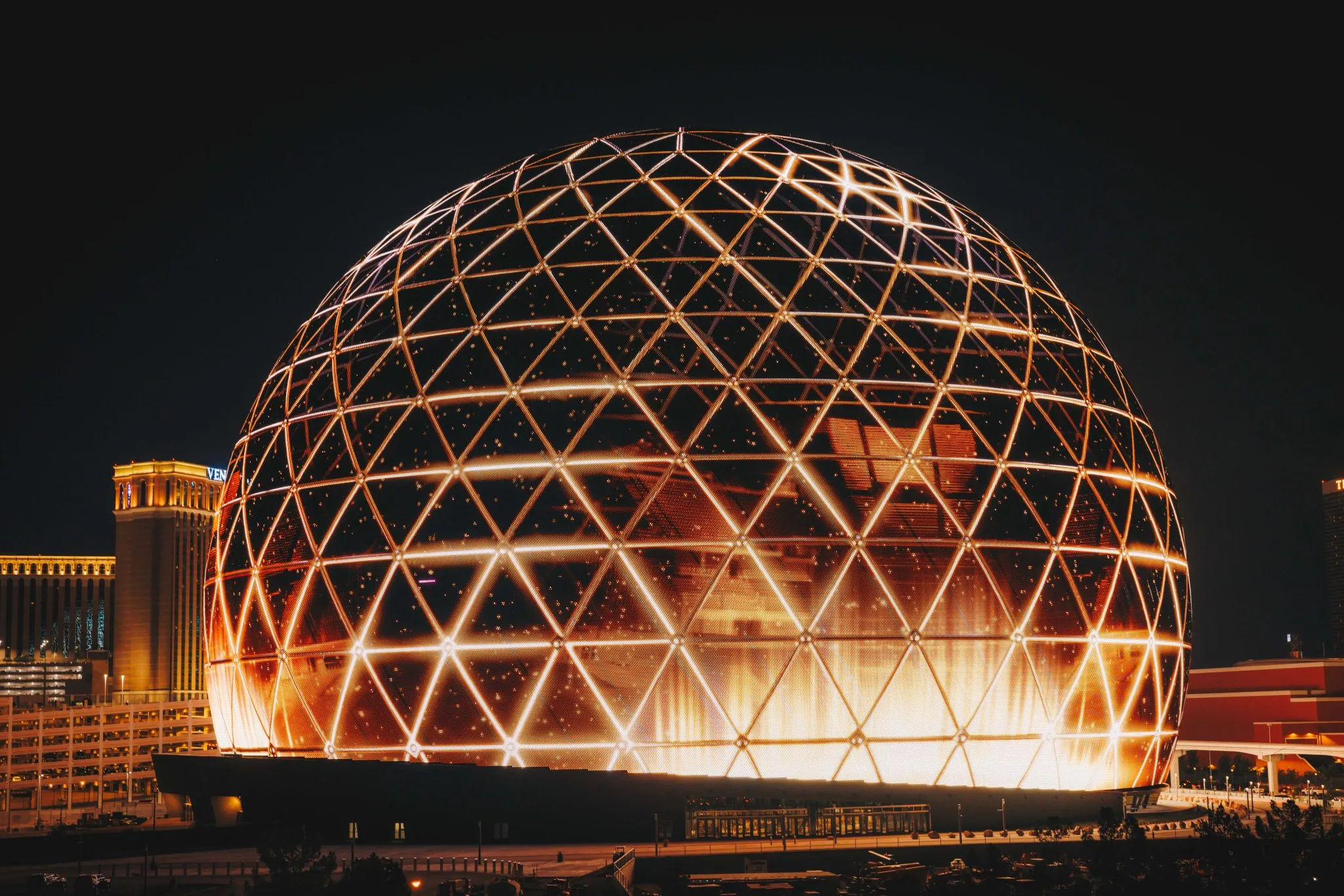
Image credit: L.E. Baskow/Las Vegas Review-Journal
What key technology-related trends have you seen develop and grow in the experiential space over the last 5 years?
The experiential space has become increasingly more dynamic and interactive in recent years. The use of external data sources to drive the audio and video content is becoming commonplace. Whether this data comes from lidar sensors, real-time camera capturing, weather or environmental data, time-of-day and seasonal information, or even flight or schedule data, the audio/video experience is often modified in real time to adapt to the context of such data. More and more generative content is at the forefront of these projects versus traditional canned footage.
Over the past few years, there’s been a rise in technological adoption for immersive experiences—what technologies do you typically use when creating live experiences and why?
Smart Monkeys leverages a range of advanced technologies to create immersive experiences that meet the complex operational demands of the project and the creative intentions of the content designers. We lean on proven, robust platforms for show control, media servers, and networking solutions to provide the most stable and reliable systems possible while pushing the envelope of what’s technically possible. Our workflow platform, ISAAC, often plays a key role in centralized management of the experience, virtually hosting control elements, managing content for generative and traditional media scheduling and playback, and providing a unified user interface.
ISAAC’s integrations with media servers such as Disguise create an aggregated control/media platform for delivering advanced content-driven experiences.

Director of Business Operations, Smart Monkeys
How do you ensure seamless integration and synchronisation across multiple technology platforms/emerging technologies in a complex project?
Seamless integration and synchronization in complex projects requires a combination of meticulous planning, robust infrastructure, and adaptive software solutions. At Smart Monkeys, we take a holistic approach by promoting the integrated study of audio, video, lighting, and show control disciplines, ensuring they work in tandem from the earliest stages of the design process.
Gone are the days when show control was considered only at the final phase of a project. We believe that by embedding technology planning within the creative development process, we can create more cohesive and innovative experiences. This collaborative approach allows for better alignment between technical implementation and creative intent, resulting in smoother integration, enhanced interactivity, and a more immersive final product.
How do you balance experimentation with new technologies against delivering reliable, tested solutions for your clients?
Smart Monkeys appreciates the opportunity to work with new technologies or products on challenging, cutting-edge projects. However, it is important to deliver a solid, reliable solution that will perform 24/7 for years to come, even when creating new, never-been-done experiences. We will consider new technologies or products when they are the right fit for the requirements of the project, but these must be vetted to prove that they will perform as expected.
First, these products or technologies are researched to understand their strengths and weaknesses and what risks may be involved in implementing them and how best to design them into the solution. They are then tested in a mock-up or shop test to see how they perform and if there are any unexpected results. Once Smart Monkeys feels comfortable with something new, it may be integrated into the design properly and delivered with confidence that it will perform to the expected standard. If there is a concern of risk regarding a new product or technology, we may design in redundancies or contingencies into the system architecture for added reliability of the overall experience.
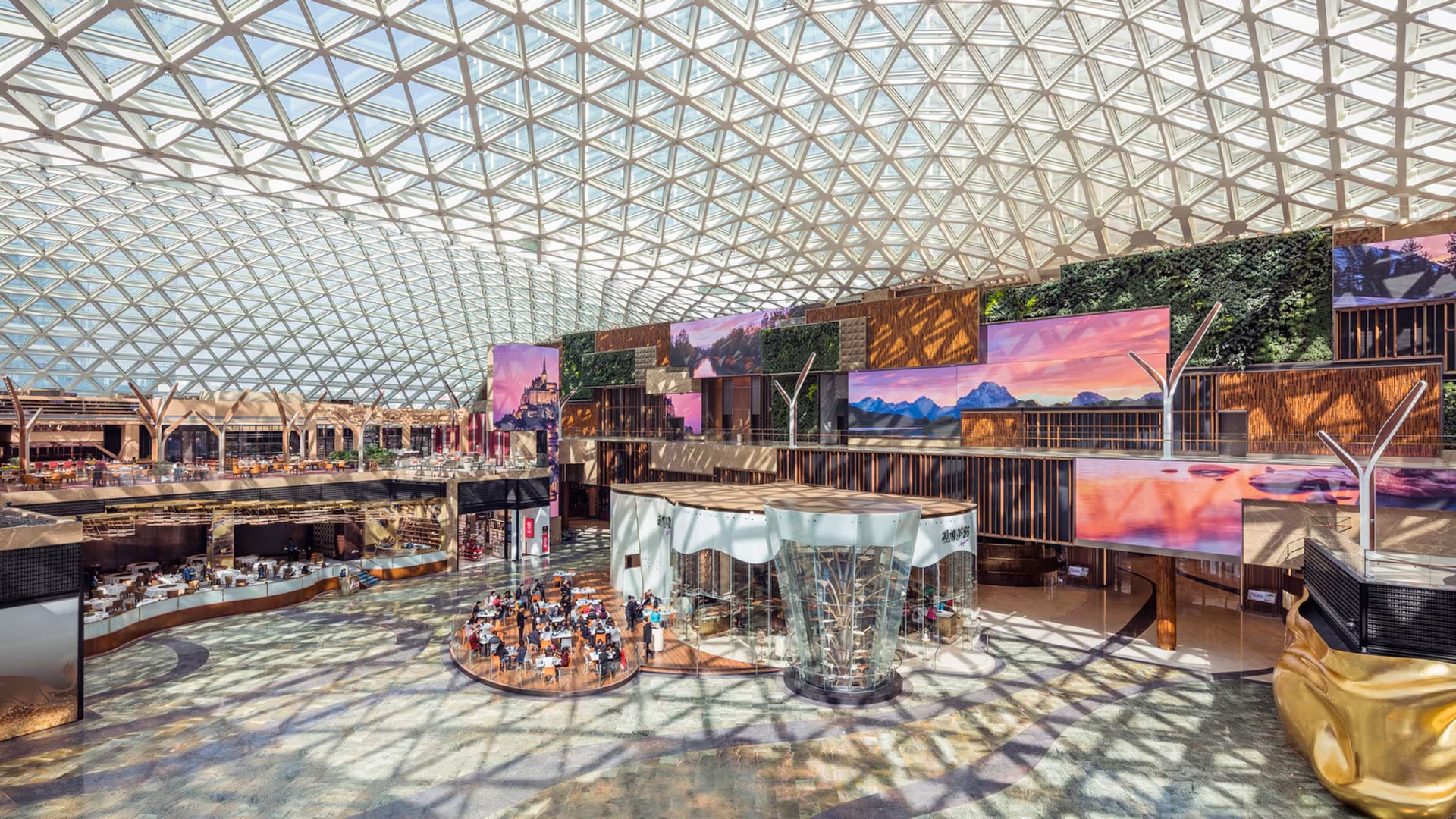
Image credit: MGM Cotai
What emerging technologies do you see having the biggest impact on immersive experiences in the next 3-5 years?
One of the most promising advancements in immersive experiences is the rapid evolution of Mixed Reality (MR) devices. These devices are poised to seamlessly blend digital overlays with the physical world, significantly enhancing spatial awareness and interaction possibilities. As mixed-reality headsets become more powerful, lightweight, and affordable, they are expected to replace traditional 3D glasses in immersive environments, providing users with a more intuitive and natural experience.
Beyond simple visual overlays, these devices will enable deeper engagement by incorporating real-time spatial mapping, gesture-based controls, and AI-driven responsiveness. This will lead to more interactive and adaptive storytelling in museums, theme parks, and live entertainment venues. Additionally, as MR technology continues to evolve, we anticipate broader applications in training simulations, collaborative virtual workspaces, and augmented visitor experiences in cultural and entertainment spaces.
The growing accessibility and refinement of MR hardware, combined with advances in AI and real-time rendering, will redefine the boundaries of immersive experiences, making them more personalized, adaptive, and engaging than ever before.
